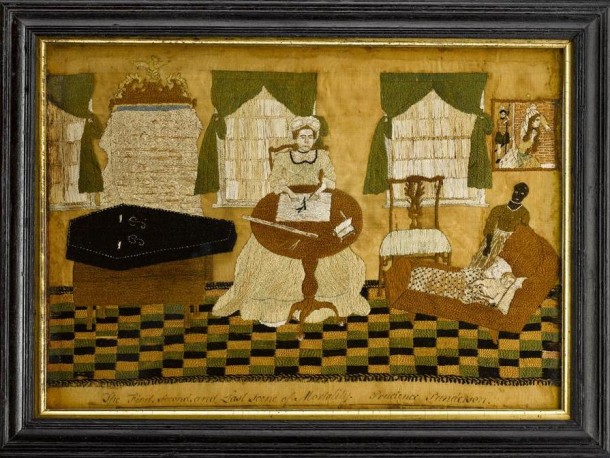European death rites
Europe like any other part of world has its numerous death rites, meaning traditions at the moment of death, at the funeral and those that exist during period of mourning.
In Romanian province of Transylvania people believe that for each person there are his/her own tree and his/her star. The falling of a star symbolically marks the death of a person. Fir is the tree of life. It is put at the head of the grave of a deceased.
After the death group of young men brings the fir from forest. At the entrance of the village group of women meets them. They sing about the relation between the man and the tree
There are more songs which are sung as part of local death rites. One of them is "Cântecul bradului, Al cetinii sau Al sulitii" ("The Song of the Pine", "Of the pine needles" or "Of the spear"). The song is dedicated to all those who die young and single. The fir tree brought from the wood is decorated and it represents the wedding fir tree. In this song the tree is kind of complaining that instead of happy destiny of being put in some building it'll wither on the grave.
Other songs of similar nature are “At the window", "Of the way", "For the accompanying", "Of the grave" etc. These songs include advices on what the dead person should do. They tell him that he must stay in friendly relations with, for example, the wolf who knows the secret paths of the forests.
In the Romanian Maramureş county there is a village called Săpânţa. Local cemetery is rather special. It is known as The Merry Cemetery (in Romanian “Cimitirul Vesel”). It includes about 800 beautiful tombstones with naïve paintings. Each tombstone has colourful and often funny description of the life deceased used to lead. The author of these tombstones was the local artist Stan Ioan Pătraş (1908—1977).

Image Source/Credit.
---
In Poland a door and windows of the house where someone died should be opened to allow the soul of the deceased to leave. Mirrors are covered with some cloth. Clocks are stopped. A woman, kind of a professional, is called to wash and dress the dead. Traditionally the body of the deceased is placed on boards between two chairs or two tables.
The body is put in the coffin on the day of funeral. There is always someone with the body. The family members and neighbours keep vigil during the night. People sing, pray rosary and litanies. Traditionally the body is kept in the house for three days. The funeral is held on the third day after the death.
continued:
Europe like any other part of world has its numerous death rites, meaning traditions at the moment of death, at the funeral and those that exist during period of mourning.
In Romanian province of Transylvania people believe that for each person there are his/her own tree and his/her star. The falling of a star symbolically marks the death of a person. Fir is the tree of life. It is put at the head of the grave of a deceased.
After the death group of young men brings the fir from forest. At the entrance of the village group of women meets them. They sing about the relation between the man and the tree
There are more songs which are sung as part of local death rites. One of them is "Cântecul bradului, Al cetinii sau Al sulitii" ("The Song of the Pine", "Of the pine needles" or "Of the spear"). The song is dedicated to all those who die young and single. The fir tree brought from the wood is decorated and it represents the wedding fir tree. In this song the tree is kind of complaining that instead of happy destiny of being put in some building it'll wither on the grave.
Other songs of similar nature are “At the window", "Of the way", "For the accompanying", "Of the grave" etc. These songs include advices on what the dead person should do. They tell him that he must stay in friendly relations with, for example, the wolf who knows the secret paths of the forests.
In the Romanian Maramureş county there is a village called Săpânţa. Local cemetery is rather special. It is known as The Merry Cemetery (in Romanian “Cimitirul Vesel”). It includes about 800 beautiful tombstones with naïve paintings. Each tombstone has colourful and often funny description of the life deceased used to lead. The author of these tombstones was the local artist Stan Ioan Pătraş (1908—1977).

Image Source/Credit.
---
In Poland a door and windows of the house where someone died should be opened to allow the soul of the deceased to leave. Mirrors are covered with some cloth. Clocks are stopped. A woman, kind of a professional, is called to wash and dress the dead. Traditionally the body of the deceased is placed on boards between two chairs or two tables.
The body is put in the coffin on the day of funeral. There is always someone with the body. The family members and neighbours keep vigil during the night. People sing, pray rosary and litanies. Traditionally the body is kept in the house for three days. The funeral is held on the third day after the death.
continued:
Last edited by Cloud on Mon Mar 19, 2018 5:40 am; edited 1 time in total























